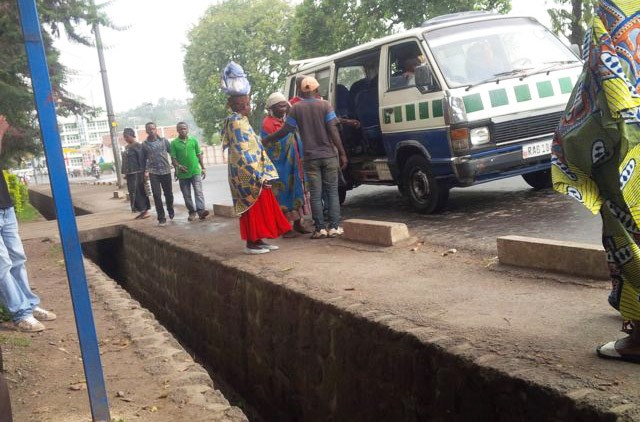Day 3 of the Police Strategic Command Course, Rwanda
Editorial Advisory Panel Member Roger Gomm says that students focused on how Gold, Silver and Bronze come together to form the command structure for incidents and events, and describes how he has been avoiding Muzungu traps…
Each morning the course starts with a review of learning from the previous day. Two of the students read their learning log, which is a journal that evidences their own learning and development.
This is not just a diary or record of what the students have done, but importantly a record of what they have learnt, tried out and reflected upon.
One of the most important things it contains is their conclusion about how they will use this new information, knowledge or learning in the future. As any trainer knows, this is always an interesting experience to hear what they gained and understood from the previous day…

Today’s programme reviewed the roles and roles and responsibilities of the Silver/Tactical and Bronze/Operational Commanders, and how Gold, Silver and Bronze come together to form the command structure for incidents and events.
We examined the how Gold develops the strategy or strategic plan and how this is translated into action by the Silver and Bronze Commanders. The process we use provides a clear link between the strategic assessment and strategy, which is important for any later review and provides a written record.
The class discussed at length the challenges of command. Furthermore, they recognised that the course provided ‘best practice’ in command and control and in some cases that they needed to move away from current practices.
By explaining the history of the G-S-B structure I was able to reassure the students. As the readers of CRJ may know, the structure was created by the UK Metropolitan Police Service in 1985 directly after a serious riot in North London on the evening of October 6, where Police Constable Keith Blakelock was murdered (click here for CRJ contributor Tony Moore’s book on this ncident). During the disorder it was very apparent that the usual rank-based command system was inappropriate for sudden events. The new structure that was soon rolled out across all UK Police Forces and became the universal command standard it is today. However, embedding the Gold-Silver-Bronze command structure in the UK took over 10 years.

Photo 1 - above right: This police officer is posted at the entrance to the National Police College. Although this is an armed post, officers are seen on patrol in the town unarmed and happily talking to members of the community
Picture 2, above, shows life in Musanze. This is the local bus stop with the small bus being loaded with people and produce from the nearby market. These buses serve the local area, providing easy but cramped transport throughout the day. Please note the large void in the centre of the picture: this is the open drain which is between four and six feet deep.
These open drains, or gulleys, are designed to avoid flooding during the rainy season, when some of the daily heavy downpours can create flash floods turning the roads into rivers. Locally these drains are known as ‘Muzungu traps’. Muzungu is Rwandan for white man.
I have made a point of walking on the outside of the footpath to avoid falling in to the trap which, apparently, is a regular occurrence.
Roger Gomm, CRJ Editorial Advisory Panel
Roger Gomm, 30/04/2015